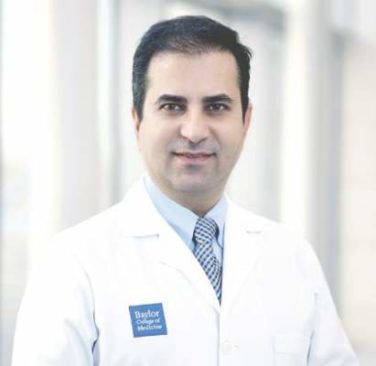AT EASD 2016
MUNICH (FRONTLINE MEDICAL NEWS) – Once-weekly dulaglutide paired with insulin glargine plus metformin allowed 69% of patients with poorly controlled type 2 diabetes to achieve a hemoglobin A1c of 7% or lower.
Over the 28-week study, 51% of the group reached an HbA1c of 6.5% or lower – significantly better than the 17% who achieved this goal on insulin glargine with or without metformin, Paolo Pozzilli, MD, reported at the annual meeting of the European Association for the Study of Diabetes.
The combination was safe, with just one incident of severe hypoglycemia, and well tolerated, said Dr. Pozzilli of the University Campus Bio-Medico, Rome. Nausea – the most troublesome side effect of any glucagonlike peptide receptor agonist occurred in 12% of those taking the drug. Diarrhea occurred in 11% and vomiting in 6%. All of the gastrointestinal side effects were significantly more common than they were in the placebo group.
“I would say that the combination treatment of dulaglutide and insulin glargine – with or without metformin – is a reasonable, well-tolerated, and effective option for patients with type 2 diabetes who are not hitting their treatment goals,” he said.
Dr. Pozzilli reported results of Lily’s AWARD-9 trial . The placebo-controlled trial comprised 300 patients with poorly controlled type 2 diabetes (HbA1c, 7%-10.5%), despite being on insulin glargine and metformin. They were randomized to weekly subcutaneous placebo or 1.5 mg dulaglutide injections, in addition to their usual medications. There was no up titration on the study drug – patients started out with the full dose immediately. The study’s completion rate was high, with 92% of the investigational group and 87% of the control group finishing the 28-week treatment.
The group was typical for poorly controlled type 2 patients. Their mean age was 60 years; about 60% were men; and almost all were white. The mean body mass index was 32 kg/m2. The mean disease duration was 13 years, and the mean HbA1c was 8.4%. Their mean fasting plasma glucose was 8.7 mmol/L.
The effect of dual therapy was quickly evident, with HbA1c levels beginning to drop within 2 weeks. By 12 weeks, the separation between groups was statistically significant (dulaglutide HbA1c about 7%, placebo about 8%). By 28 weeks, the combination group had reached a mean HbA1c of 6.92%, compared with 7.69% in the placebo group. The response curve of the combination group appeared to be on a continuing decline when the study ended. The final measure represented an HbA1c decrease of 1.44% for the combination group and 0.67% for the placebo group.
By 28 weeks, 69% of the dulaglutide group and 35% of the placebo group had achieved an HbA1c of 7% or lower – a significant difference. Half of the dulaglutide group (51%) achieved a measure of 6.5% or lower, compared with 17% of the placebo group – also a significant difference.
The addition of dulaglutide moderated the need to increase the insulin that occurred over the study period. By 28 weeks, those taking dulaglutide had increased their insulin by a mean of 0.14 U/kg, compared with an increase of 0.27 U/kg in the placebo group. This difference was also statistically significant.
Patients in the combination group lost significantly more weight as well (mean 1.91 kg vs. a gain of 0.5 kg in the placebo group). Weight loss was quickly evident; by 4 weeks, patients had lost more than 1 kg. This “encouraging sign might help boost patient compliance,” Dr. Pozzilli said.
The side-effect profile was acceptable, compared with placebo. Hypoglycemia occurred in about 55% of those taking dulaglutide and 51% of those taking the placebo; it was symptomatic in 35% and 30%, respectively. Nocturnal hypoglycemia occurred in 28% and 29%, respectively. There was one case of severe hypoglycemia, which occurred in the dulaglutide group.
In addition to the GI side effects, there was one injection site reaction in the dulaglutide group. There were no cases of pancreatitis or pancreatic cancer.
The study was sponsored by Eli Lilly. Dr. Pozzilli is on the company’s speakers’ bureau and receives research grant money from it.






